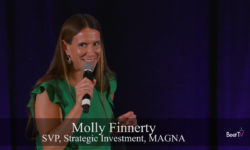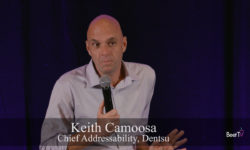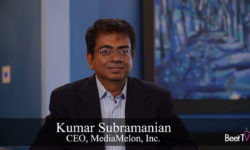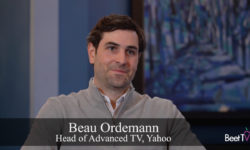SAN JUAN, Puerto Rico – The significant shift in viewership from linear television to streaming video has challenged advertisers to reach audiences among a wider variety of media platforms and electronic devices. This change has helped to drive adoption of data and software tools to manage ad campaigns across a more fragmented media landscape.
“The most exciting thing … is what’s happening across the media data and tech ecosystem related to convergence across all types of video buying, said Mike Fisher, vice president of advanced TV and audio at media agency Essence, which is part of WPP’s GroupM.
The tools for media planning, buying and measurement “let us take that singular audience and find them everywhere equally across all premium video touchpoints,” he said in a #BeetRetreat interview with Scott Schiller.
The technology is becoming more versatile to handle the needs of different kinds of advertisers with their cross-platform video campaigns, Fisher said.
“We want to be able to assemble the right planning tool with the right buying tool with the right measurement tool based on the needs of that campaign and that client,” he said. “Not every client is trying to sell toothpaste, so not every client can be measured the same way.”
Strategy for Reaching Cross-Platform Audiences
Marketers must take an audience-first approach with their campaigns, recognizing how existing and potential customers spend time with video content.
“Audience strategy remains front and center in everything that we’re doing around converged video,” Fisher said. “We don’t want to be in a world where there’s a linear budget, a digital budget, a streaming budget — it’s an audience budget.”
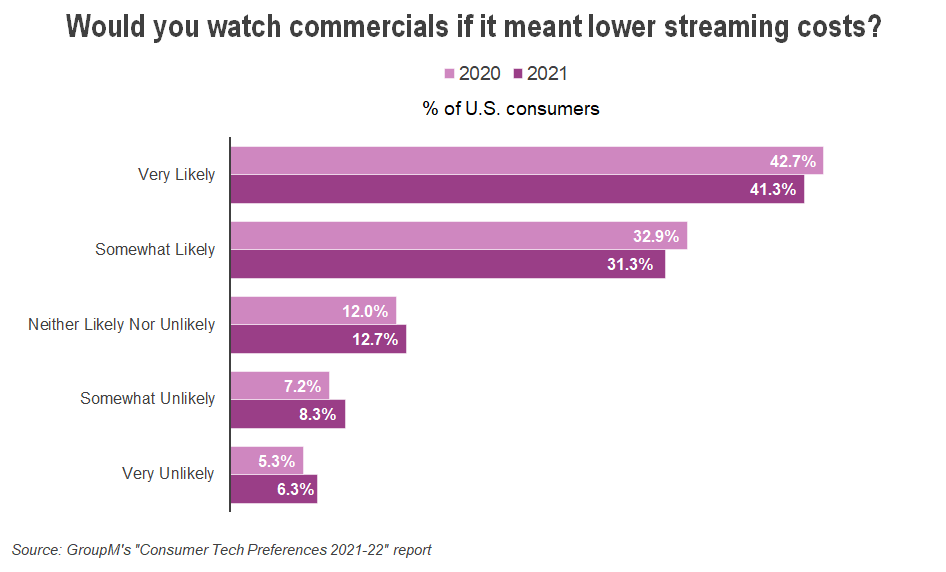
Whether consumers are watching mobile video while commuting to work on mass transit or viewing live sports on linear television, there are ways to reach them.
“We’re still in a time-based environment. There’s 24 hours in a day, there’s still 5.5 hours a day of premium video content being consumed by a user,” Fisher said. “That’s not changing; how they consume that content is changing — and being able to look at that at scale and find that audience across all touchpoints is critical.”
Preparing for Network Upfront Sales
Advertisers have demanded greater flexibility from television networks amid the sudden shifts in viewing habits during the pandemic. Linear television still offers major brands a way to reach mass audiences in brand-safe environments, while digital outlets offer incremental reach and audience targeting.
“We need the flexibility and the fluidity to not have to lock ourselves into just linear or just digital in order to secure our clients the best preferential rates and access to supply and technology enablement,” Fisher said. “We’re still going to be buying from who we plan to buy from. It’s how those ads get onto the screen in front of those viewers that may change.”
You are watching coverage from Beet Retreat San Juan 2022, presented by AppScience, Infillion, MadHive, SpringServe, Univision & VideoAmp. For more videos, please visit this page.







